Skip to comments.
Harper’s Weekly – February 13, 1858
Harper's Weekly archives ^
| February 13, 1858
Posted on 02/13/2018 6:48:46 AM PST by Homer_J_Simpson
1
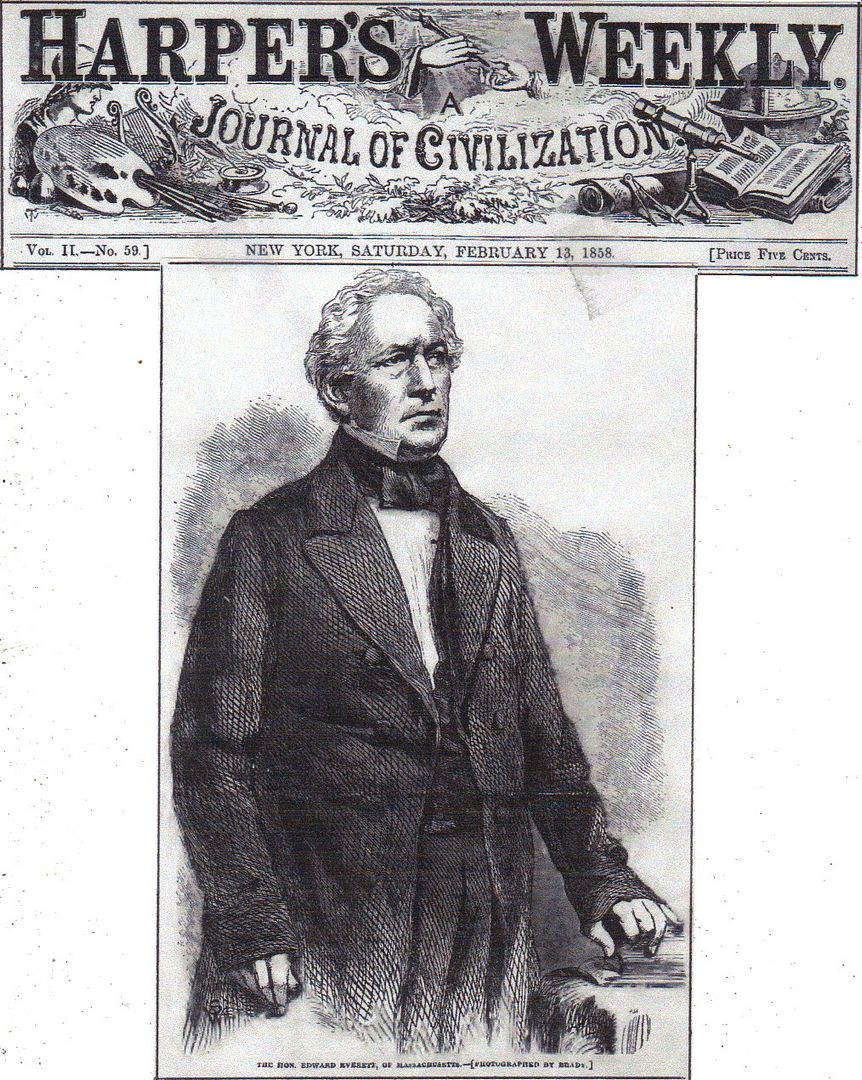
2
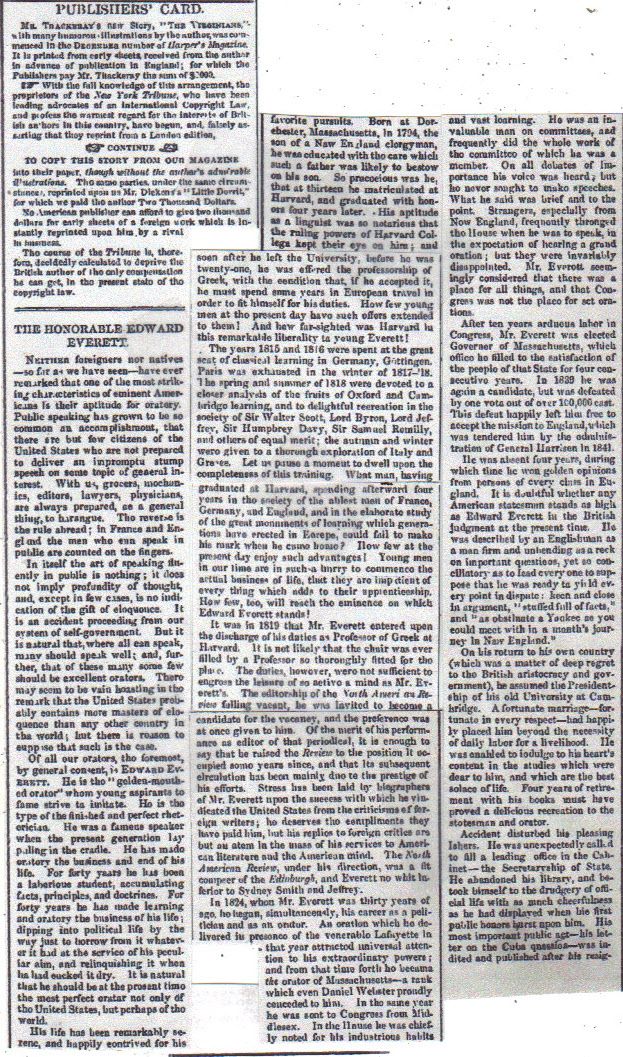
3
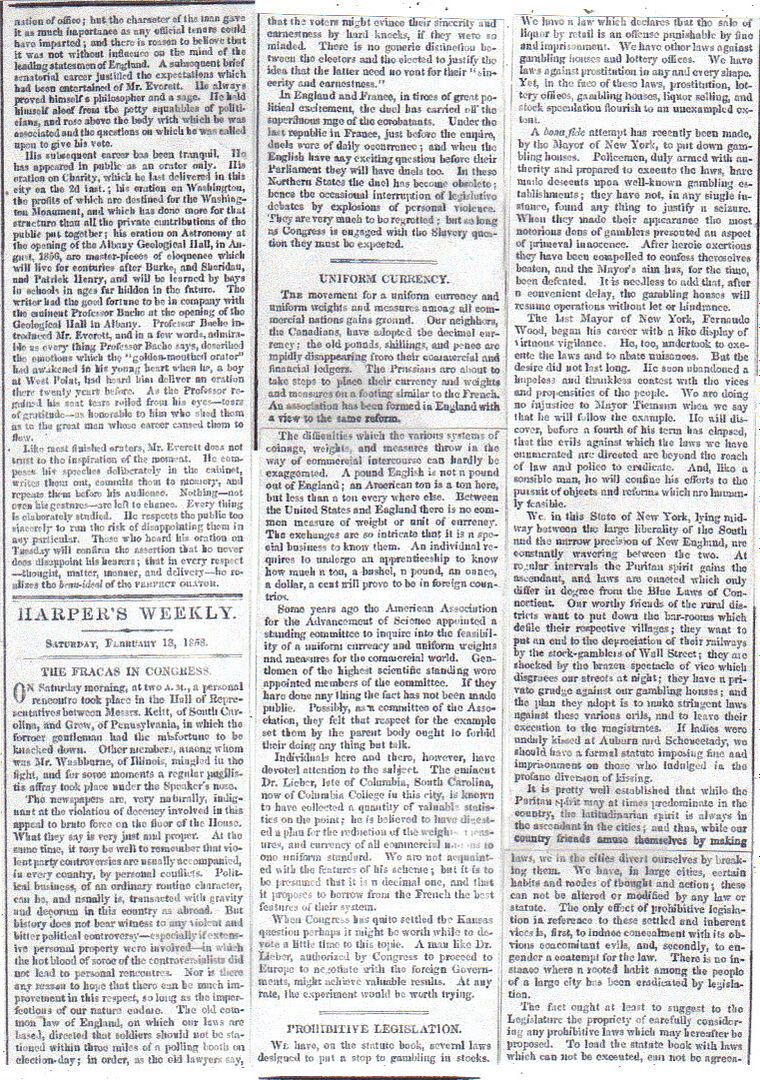
4
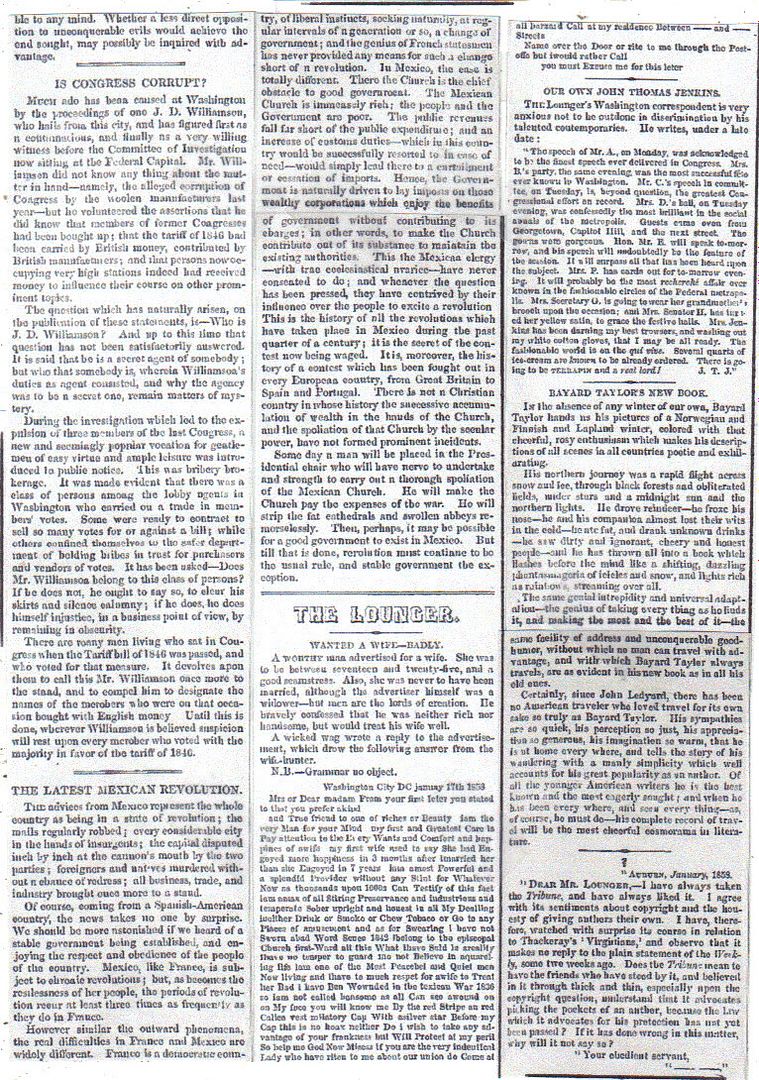
5
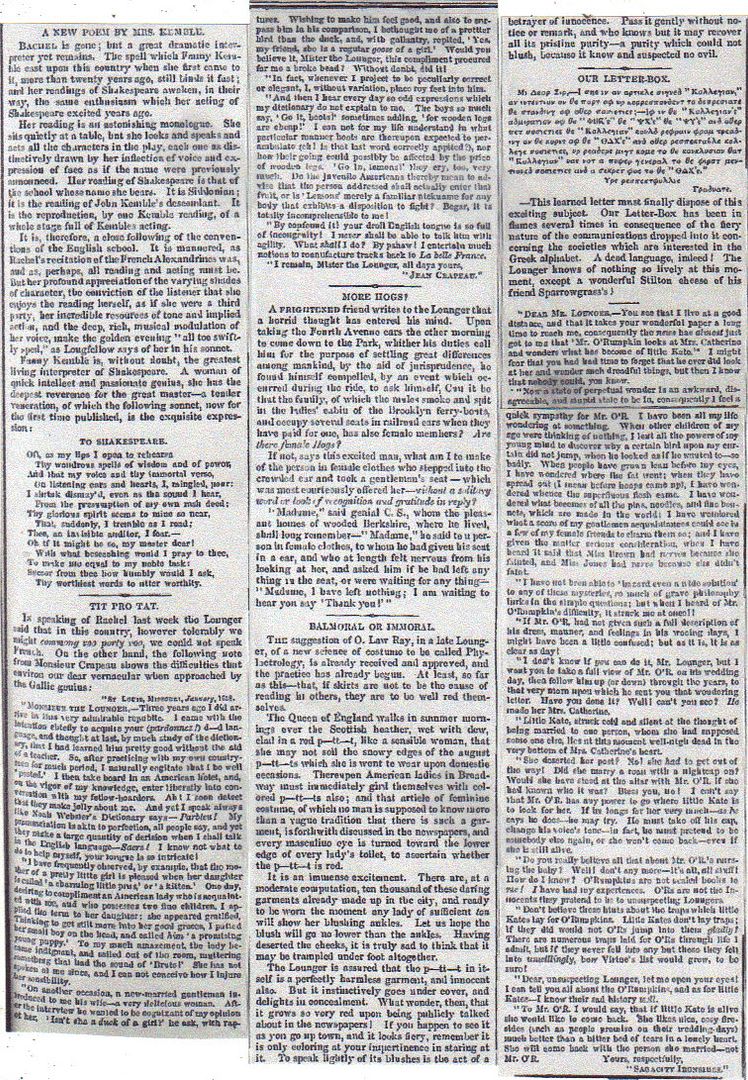
6
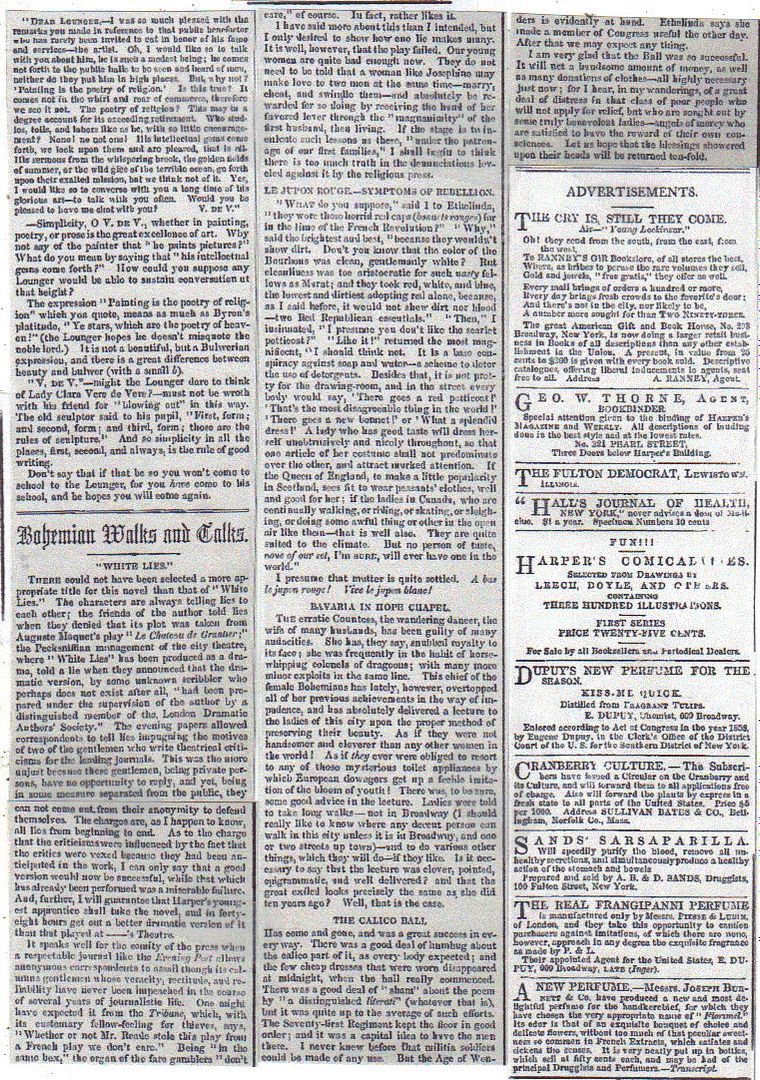
7
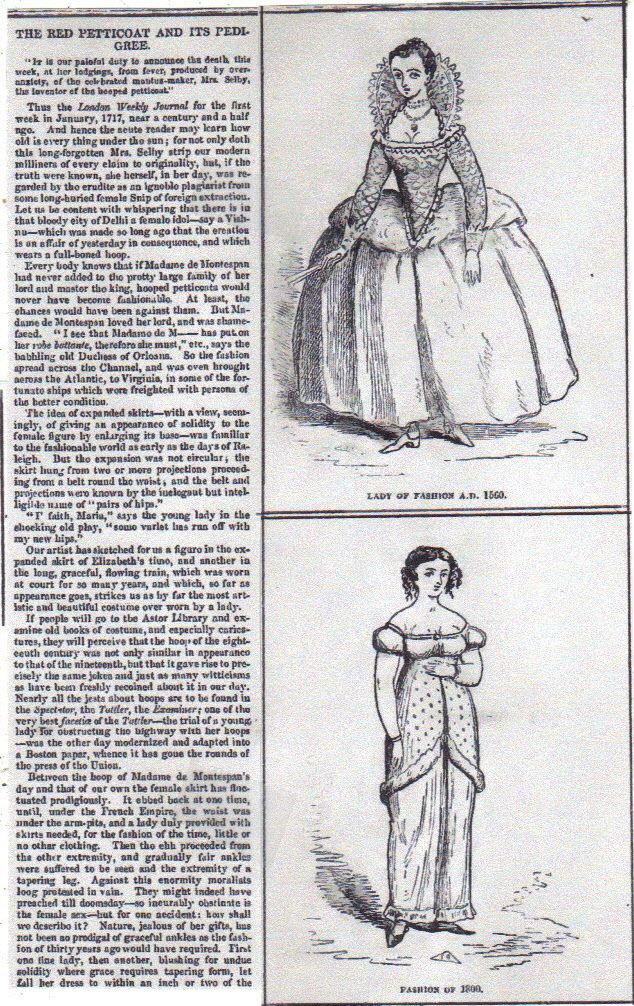
8
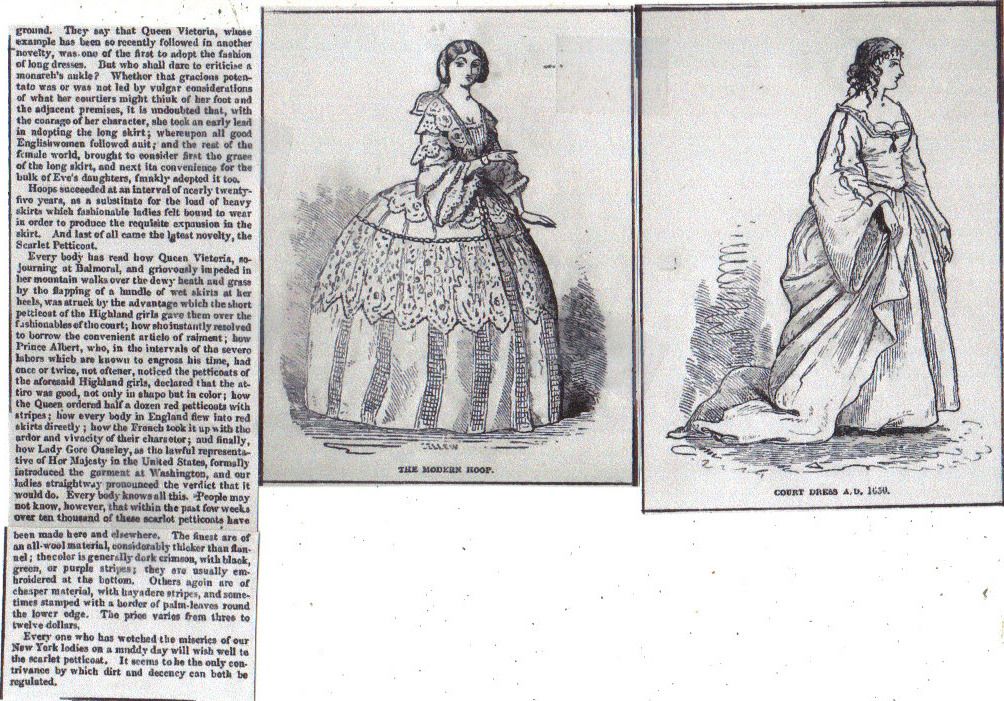
9
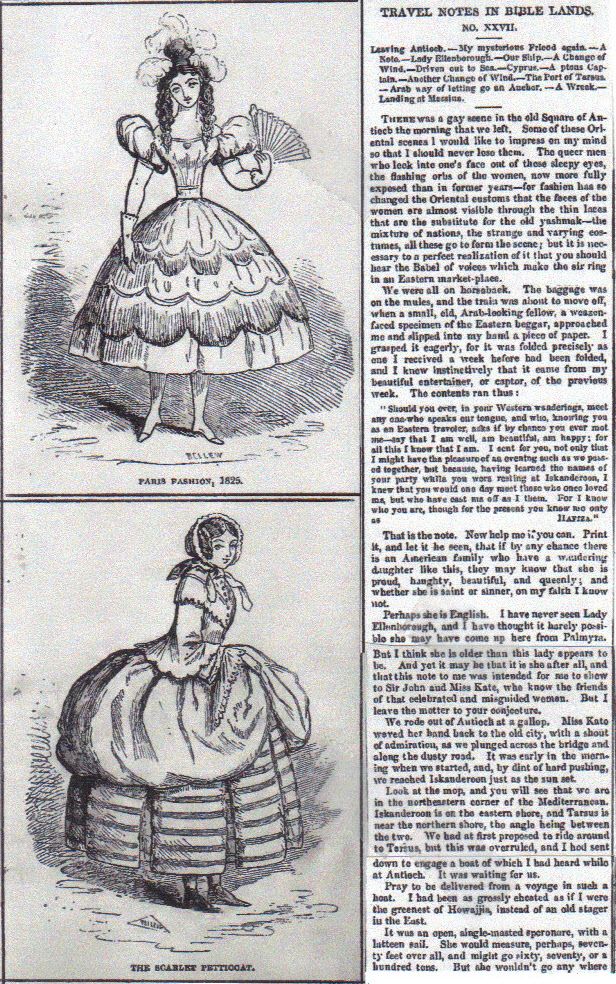
10
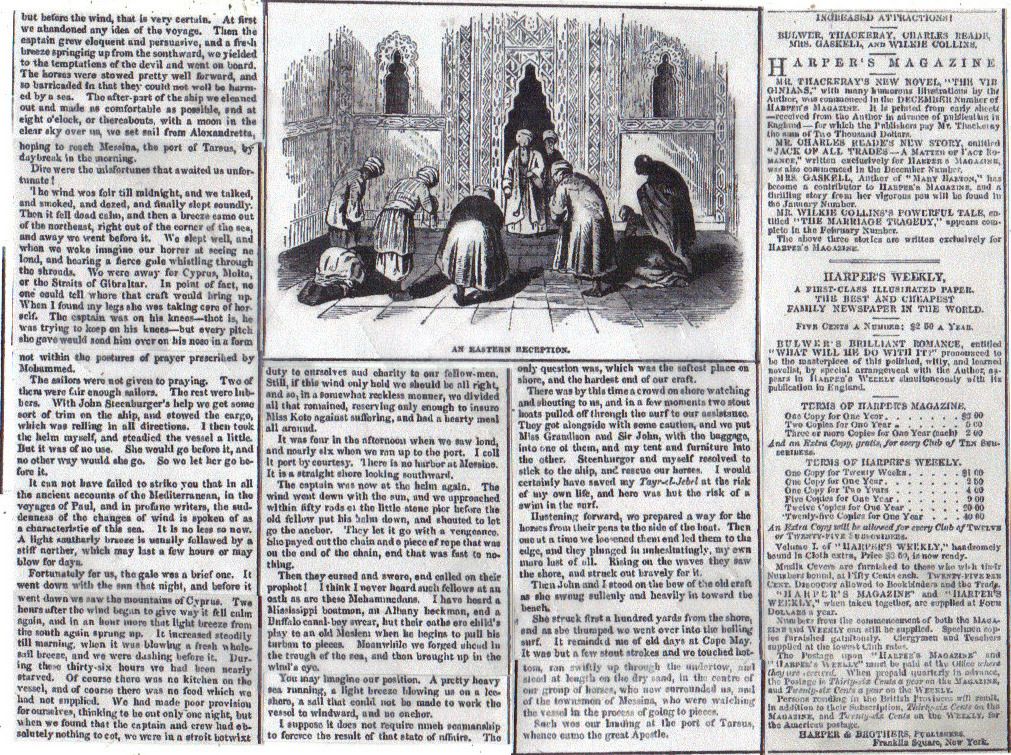
11
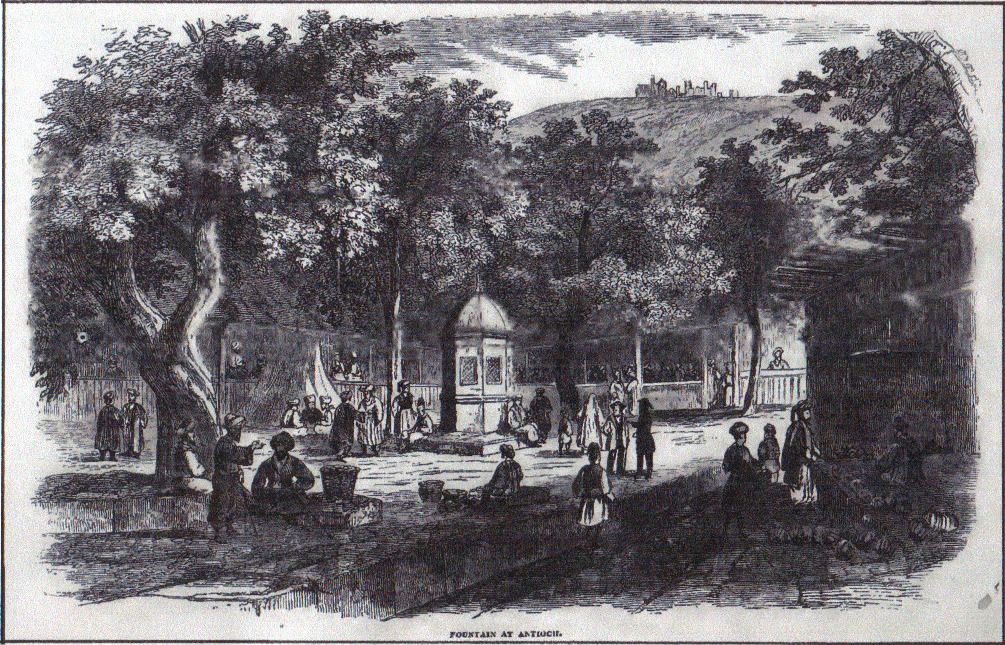
12

13
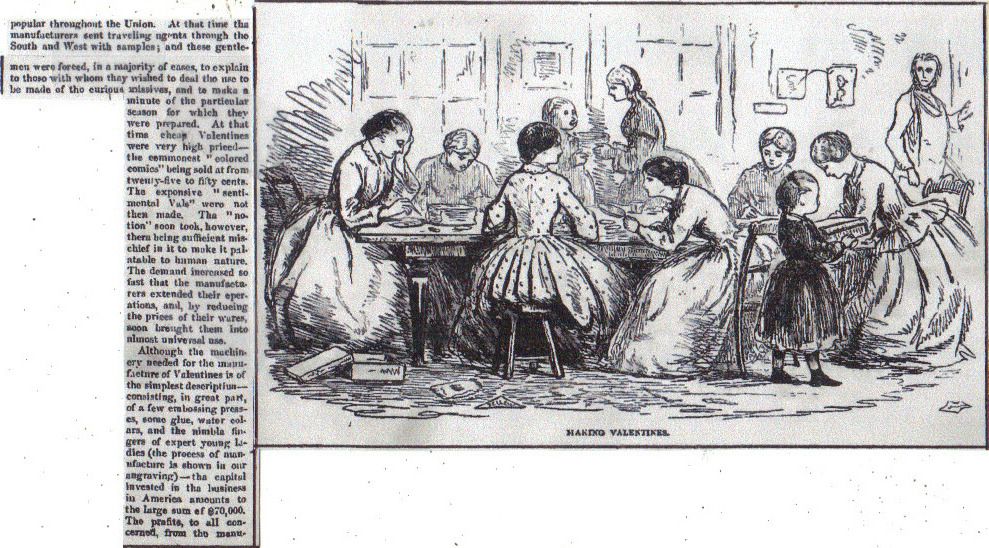
14
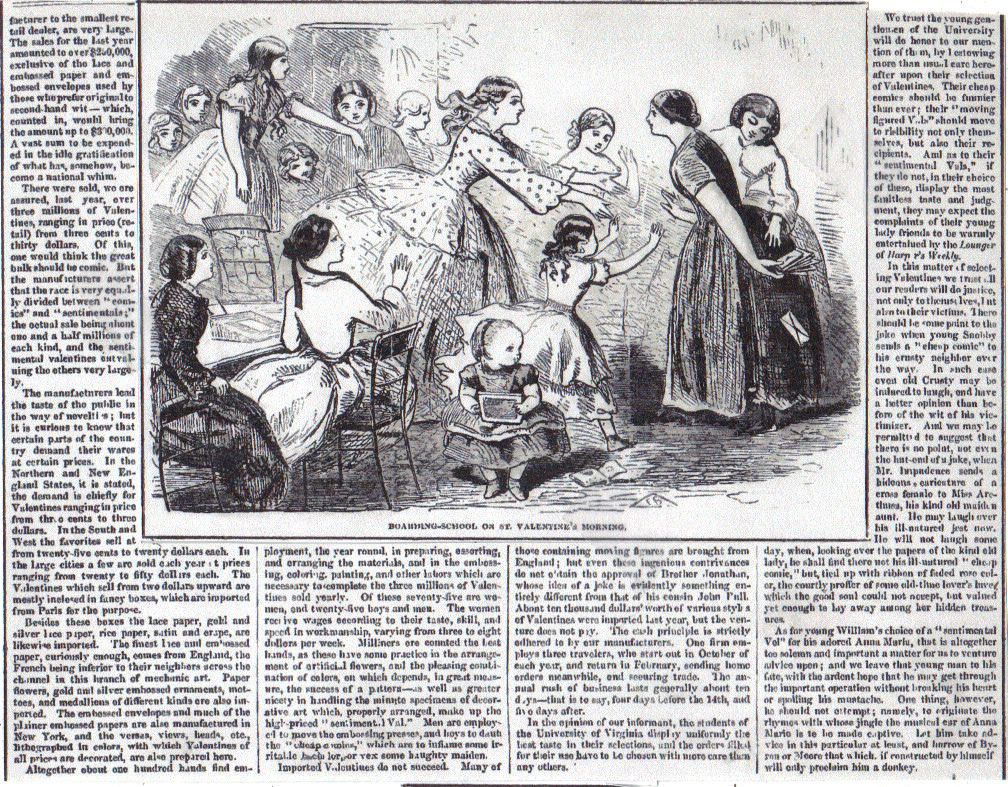
15
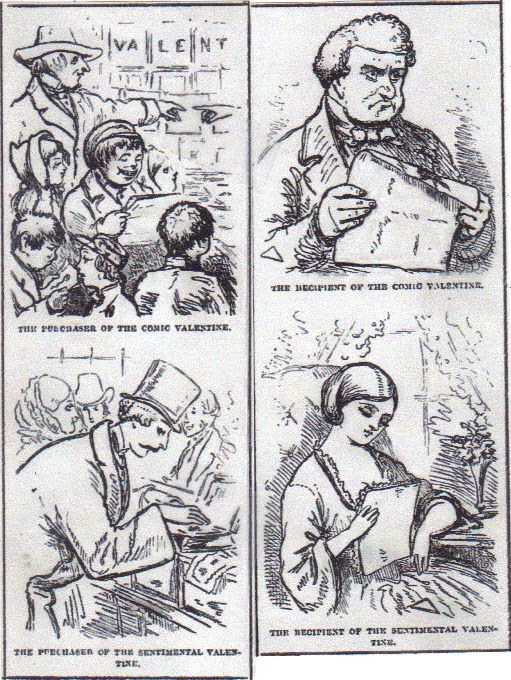
16
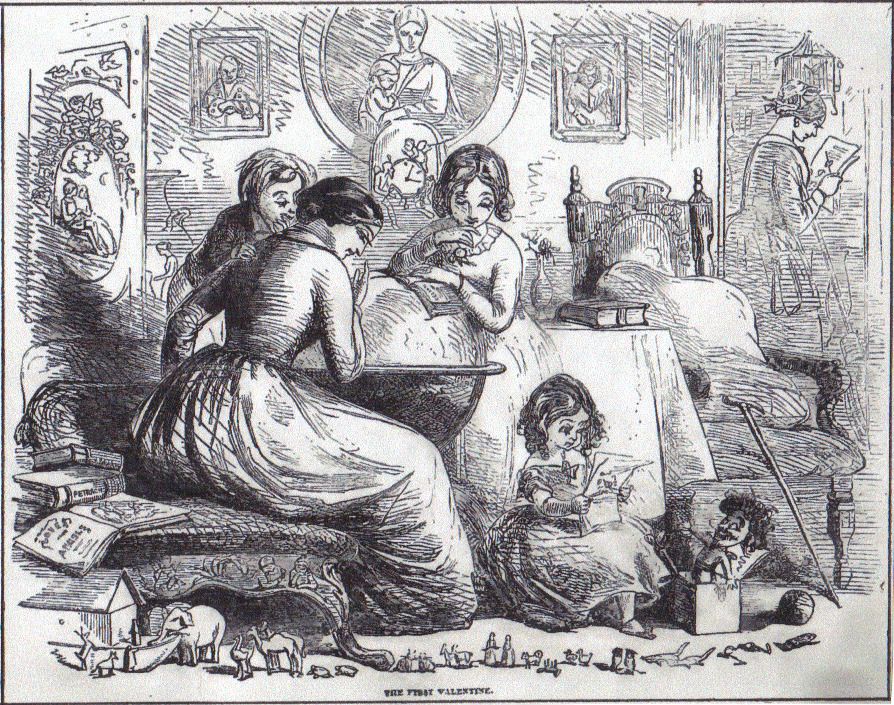
17

18

19
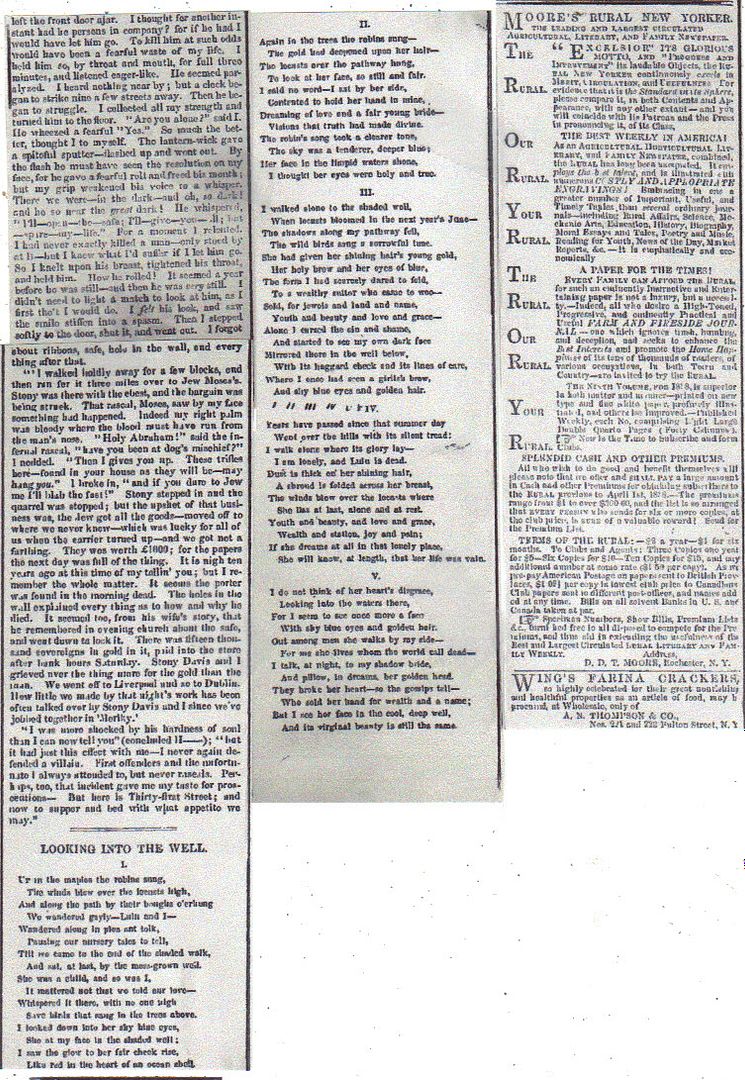
20
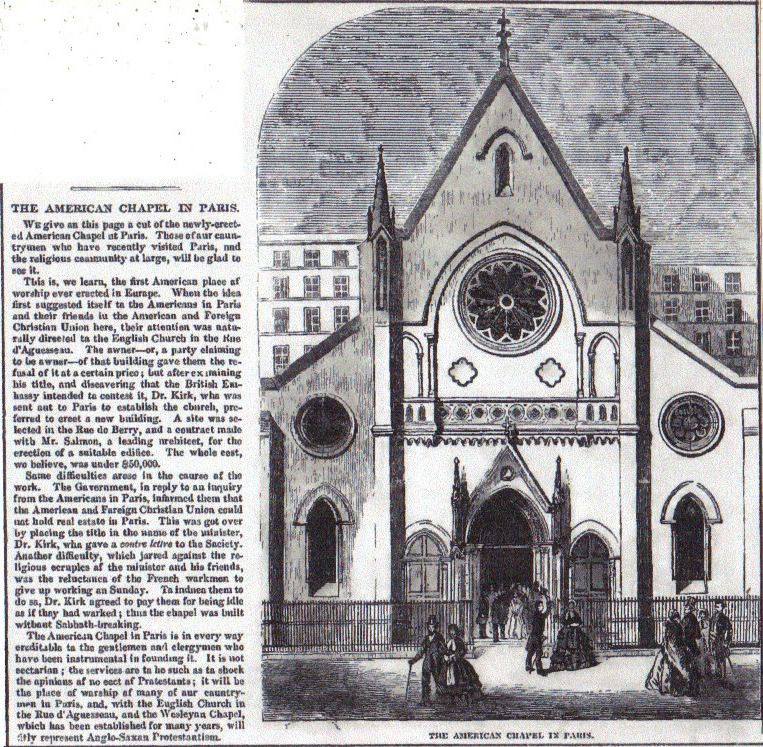
21
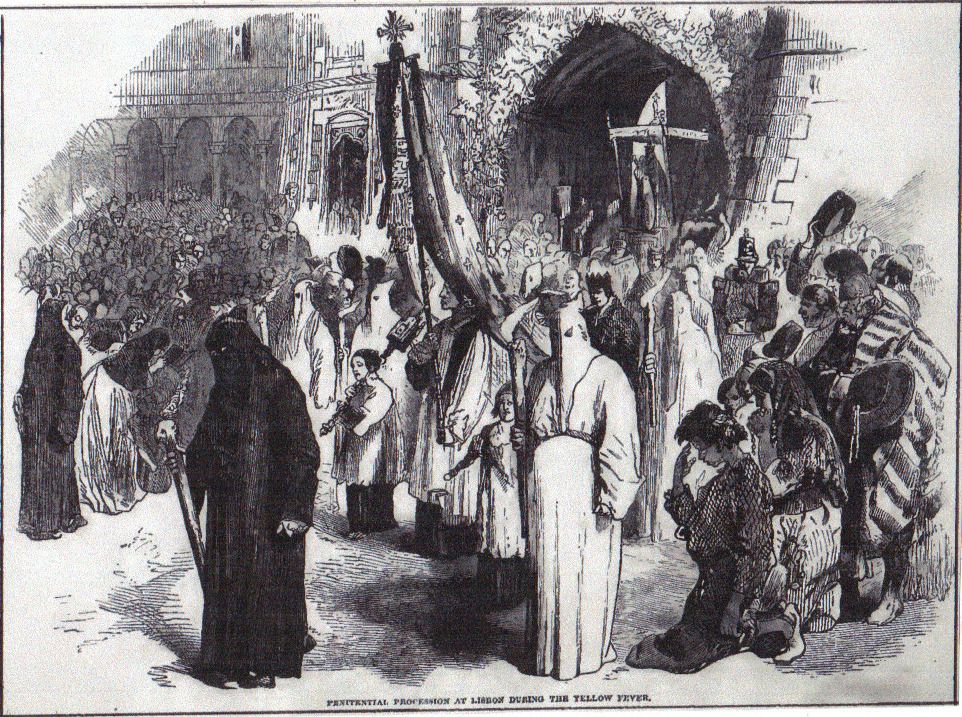
22
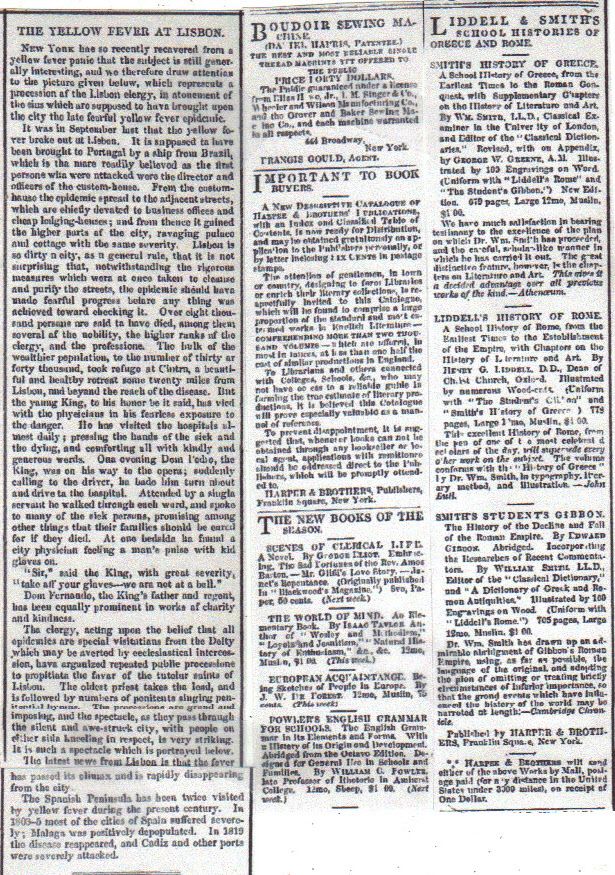
23
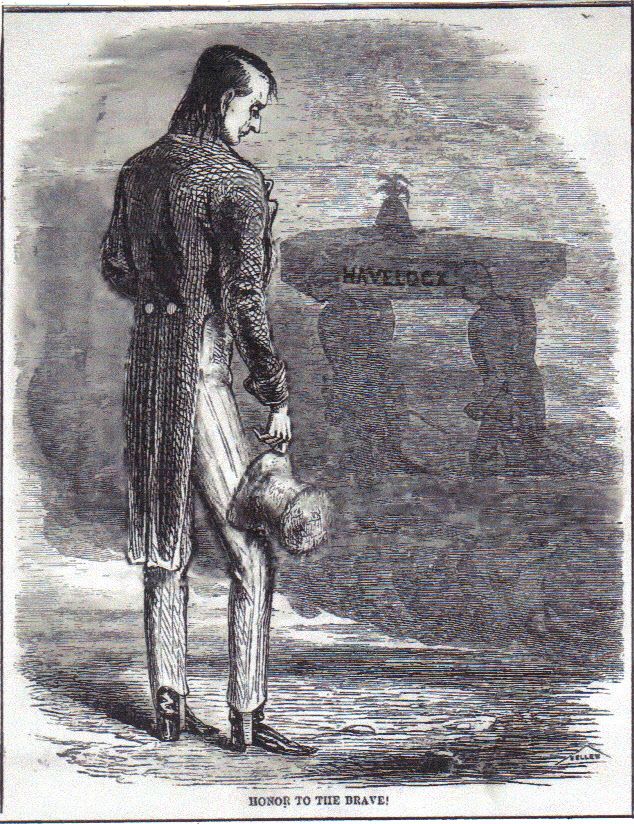
24
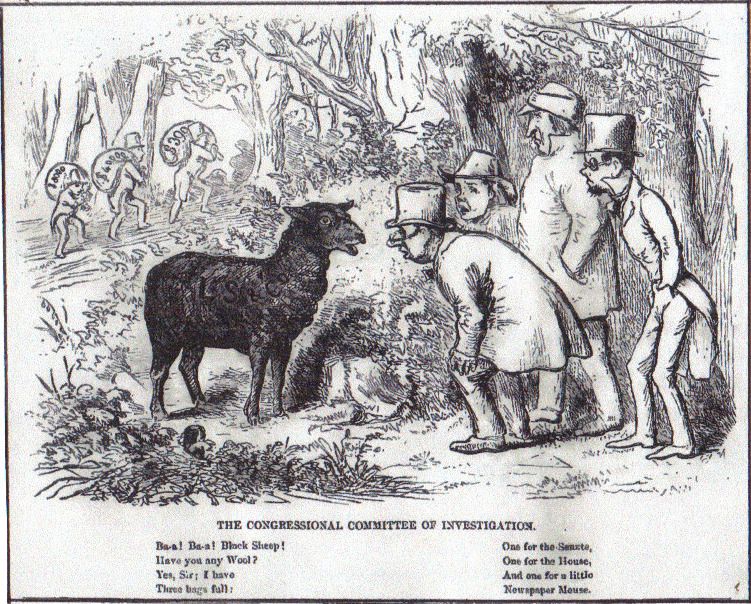
TOPICS: History
KEYWORDS: civilwar
Navigation: use the links below to view more comments.
first 1-20, 21-23 next last
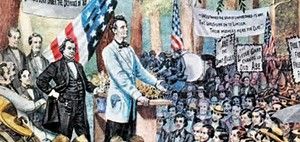
Free Republic University, Department of History presents
U.S. History, 1855-1860: Seminar and Discussion Forum Bleeding Kansas, Dred Scott, Lincoln-Douglas, Harper’s Ferry, the election of 1860, secession – all the events leading up to the Civil War, as seen through news reports of the time and later historical accounts
First session: November 21, 2015. Last date to add: Sometime in the future.
Reading: Self-assigned. Recommendations made and welcomed. To add this class to or drop it from your schedule notify Admissions and Records (Attn: Homer_J_Simpson) by reply or freepmail.
Link to previous thread
To: chajin; henkster; CougarGA7; BroJoeK; central_va; Larry Lucido; wagglebee; Colonel_Flagg; Amagi; ...
The Honorable Edward Everett * – 1-3
Editorials – 3-4
The Lounger – 4-6
Bohemian Walks and Talks – 6
The Red Petticoat and Its Pedigree – 7-9
Travel Notes in Bible Lands – 9-11
St. Valentine and Valentines – 12-16
Lotty Lowe – 17
What a Bottle of Brandy Did – 17
The Pilot’s Wife – 18
Leaves from a Christmas Tree – 18
The Wrong Burglar – 18-19
Looking Into the Well – 19
The American Chapel in Paris – 20
The Yellow Fever at Lisbon – 21-22
* Edward Everett Wikipedia page
2
posted on
02/13/2018 6:50:52 AM PST
by
Homer_J_Simpson
("Every nation has the government that it deserves." - Joseph de Maistre (1753-1821))
To: chajin; henkster; CougarGA7; BroJoeK; central_va; Larry Lucido; wagglebee; Colonel_Flagg; Amagi; ...

Previous excerpt from this volume was January 9 (reply #3). The following doesn’t pick up quite where that left off.

William J. Cooper, Jr., Jefferson Davis, American
3
posted on
02/13/2018 6:52:50 AM PST
by
Homer_J_Simpson
("Every nation has the government that it deserves." - Joseph de Maistre (1753-1821))
To: Homer_J_Simpson
Re: Left drawing on top of page 8:
Read a book about an 1860’s exploration of NW Siberia by some Americans. They had a newspaper with them and showed drawings similar to page 8 to the natives who laughed heartily thinking all American women were built that way.
4
posted on
02/13/2018 7:51:45 AM PST
by
Rebelbase
( Hillary, DNC, DOJ and FBI colluded with a British National to influence the 2016 Pres. election)
To: Homer_J_Simpson
Good information thanks for posting HJS.
5
posted on
02/13/2018 8:13:01 AM PST
by
Rappini
(Compromise has its place. It's called second.)
To: Rebelbase; Tax-chick
On a previous thread I said the ladies’ fashions of 1855-58 made the wearers resemble giant badminton birdies, or shuttlecock’s, as Tax-chick reminded me was the proper term. It was a strange period for women’s attire. I’m glad we evolved away from it by the 20th century.
6
posted on
02/13/2018 11:15:45 AM PST
by
Homer_J_Simpson
("Every nation has the government that it deserves." - Joseph de Maistre (1753-1821))
To: Homer_J_Simpson; Rebelbase
I think the early 1800s and the early 1900s had pretty clothes.
7
posted on
02/13/2018 1:05:34 PM PST
by
Tax-chick
(Harvey Weinstein was married to a beautiful model.)
To: Tax-chick
Early 1800's dresses were certainly more reasonable looking than mid-century. Many of the examples I looked at have a seam just below the bosom (empire waist?) and then fall naturally over hips to the ankles. How that evolved into the hoop skirt-shuttlecock look I have no idea.
I agree early 20th century fashions are also nice. From around late teens through 1930's especially.
8
posted on
02/13/2018 6:21:04 PM PST
by
Homer_J_Simpson
("Every nation has the government that it deserves." - Joseph de Maistre (1753-1821))
To: Homer_J_Simpson
Yes, that’s the (Napoleonic) Empire style. The cut is flattering for the slender and comfortable for the plump (or pregnant). Skirts stayed reasonable into the 1840’s, and then exploded into shuttlecocks.
Only for the well-off, of course. The poor still wore rags.
9
posted on
02/13/2018 6:25:37 PM PST
by
Tax-chick
(Harvey Weinstein was married to a beautiful model.)
To: chajin; henkster; CougarGA7; BroJoeK; central_va; Larry Lucido; wagglebee; Colonel_Flagg; Amagi; ...
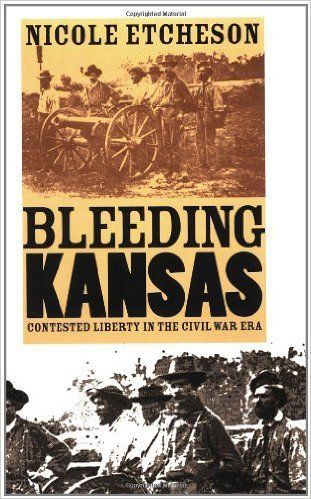
Previous excerpt from this volume was February 2 (reply #14) . The following doesn’t pick up quite where that left off.
1
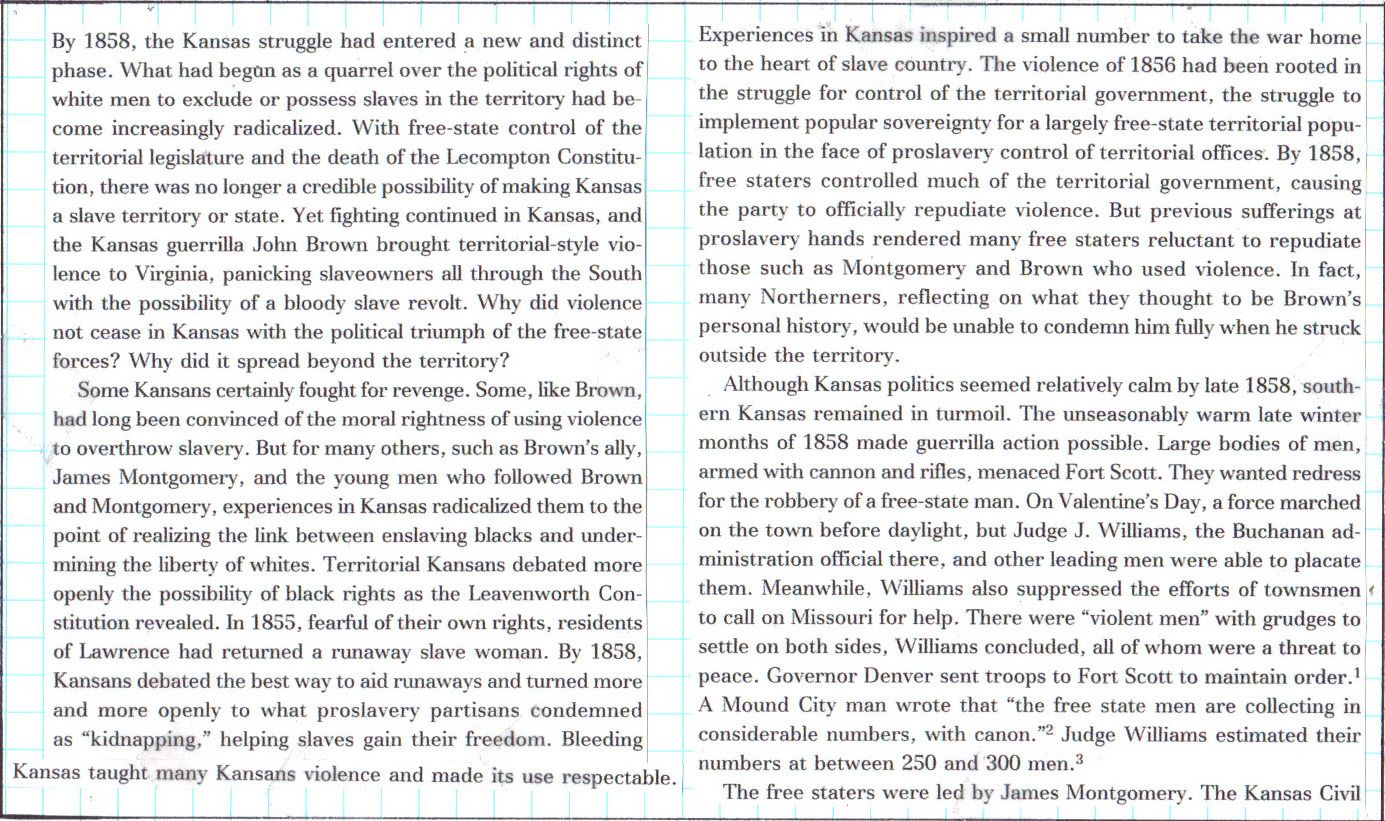
2
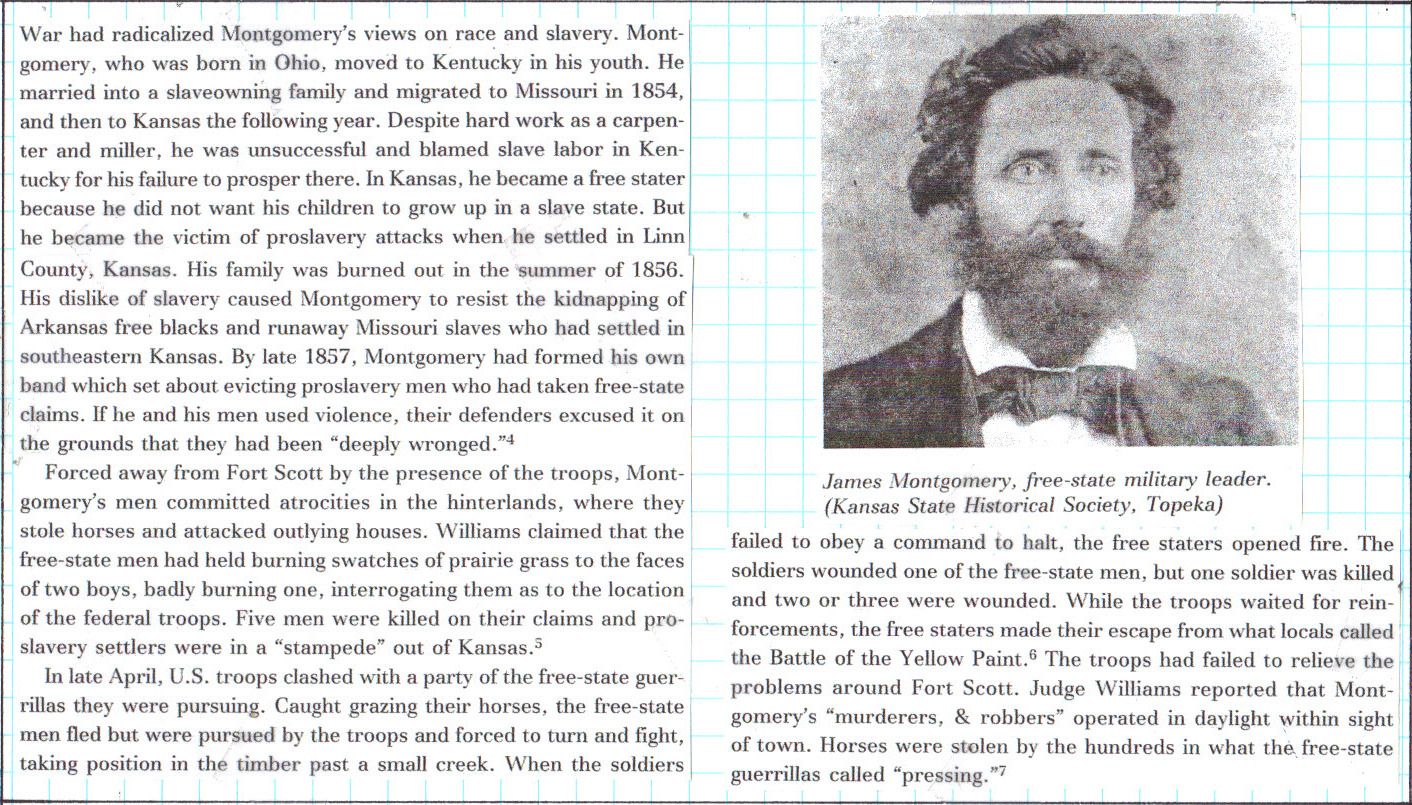
Nicole Etcheson, Bleeding Kansas: Contested Liberty in the Civil War Era
10
posted on
02/14/2018 7:28:00 AM PST
by
Homer_J_Simpson
("Every nation has the government that it deserves." - Joseph de Maistre (1753-1821))
To: Homer_J_Simpson
Interesting implications for the future; abolitionists were eventually going to foment slave insurrections. Confederate apologists assume that with Secession and independence the two nations would have simply gone their separate ways in peace and the south would remain as it always had been.
That wasn’t going to happen.
11
posted on
02/14/2018 8:08:08 AM PST
by
henkster
(Monsters from the Id.)
To: chajin; henkster; CougarGA7; BroJoeK; central_va; Larry Lucido; wagglebee; Colonel_Flagg; Amagi; ...
Continued from February 9
(reply #4).
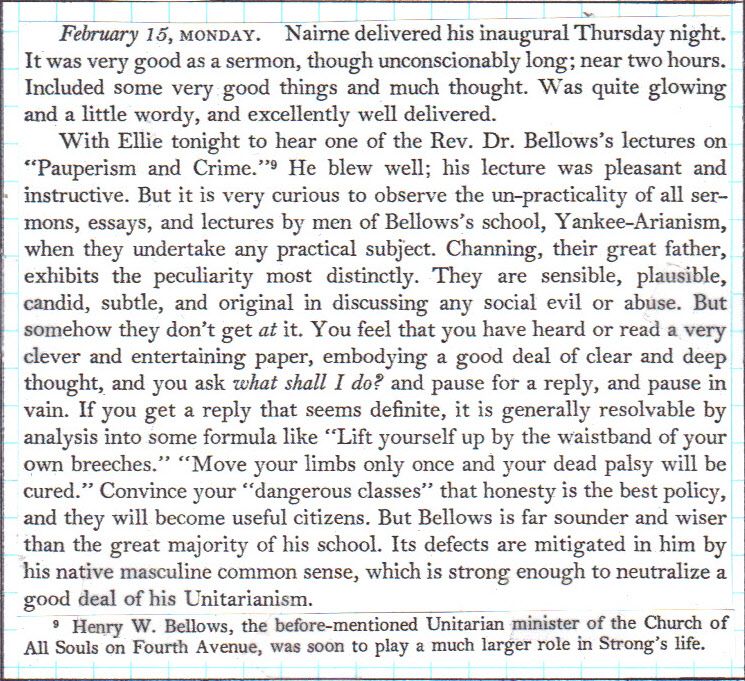
The Diary of George Templeton Strong, Edited by Allan Nevins and Milton Halsey Thomas
12
posted on
02/15/2018 4:30:29 AM PST
by
Homer_J_Simpson
("Every nation has the government that it deserves." - Joseph de Maistre (1753-1821))
To: Homer_J_Simpson
Things are always the same ...
13
posted on
02/15/2018 4:45:41 AM PST
by
Tax-chick
(Happy Lent!)
To: Tax-chick
14
posted on
02/15/2018 5:03:05 AM PST
by
Homer_J_Simpson
("Every nation has the government that it deserves." - Joseph de Maistre (1753-1821))
To: Homer_J_Simpson
Sanitation is extremely important!
15
posted on
02/15/2018 5:03:50 AM PST
by
Tax-chick
(Happy Lent!)
To: Tax-chick
16
posted on
02/15/2018 5:19:08 AM PST
by
Homer_J_Simpson
("Every nation has the government that it deserves." - Joseph de Maistre (1753-1821))
To: Homer_J_Simpson
Very important work. I expect we’ll learn that it was exhausting and terribly frustrating.
17
posted on
02/15/2018 5:24:40 AM PST
by
Tax-chick
(Happy Lent!)
To: Tax-chick
“The poor we shall always have with us.” Or something like that.
Dr. Bellows (who I assume is not the same Dr. Bellows from “I Dream of Jeannie”) has indeed shown that things are always the same. Everyone has and always has had great insight into why poor people are poor and tend to commit crime at a greater rate. But no one has an actual workable solution.
So we just throw money at them. Trillions of dollars. And the poor are still poor and still commit crime, and are victimized by it, at a much greater rate.
18
posted on
02/15/2018 9:45:33 AM PST
by
henkster
(Monsters from the Id.)
To: henkster
It’s almost as if we live in a world racked by sin, where people are going to do wrong and stupid and destructive things, millennium after millennium.
On the other hand, we have flush toilets now.
19
posted on
02/15/2018 11:30:22 AM PST
by
Tax-chick
(Happy Lent!)
To: Tax-chick
And we don’t watch sweaty guys hack each other to pieces with swords as a form of entertainment. Now the sweaty guys just get concussions.
20
posted on
02/15/2018 1:23:19 PM PST
by
henkster
(Monsters from the Id.)
Navigation: use the links below to view more comments.
first 1-20, 21-23 next last
Disclaimer:
Opinions posted on Free Republic are those of the individual
posters and do not necessarily represent the opinion of Free Republic or its
management. All materials posted herein are protected by copyright law and the
exemption for fair use of copyrighted works.
FreeRepublic.com is powered by software copyright 2000-2008 John Robinson































